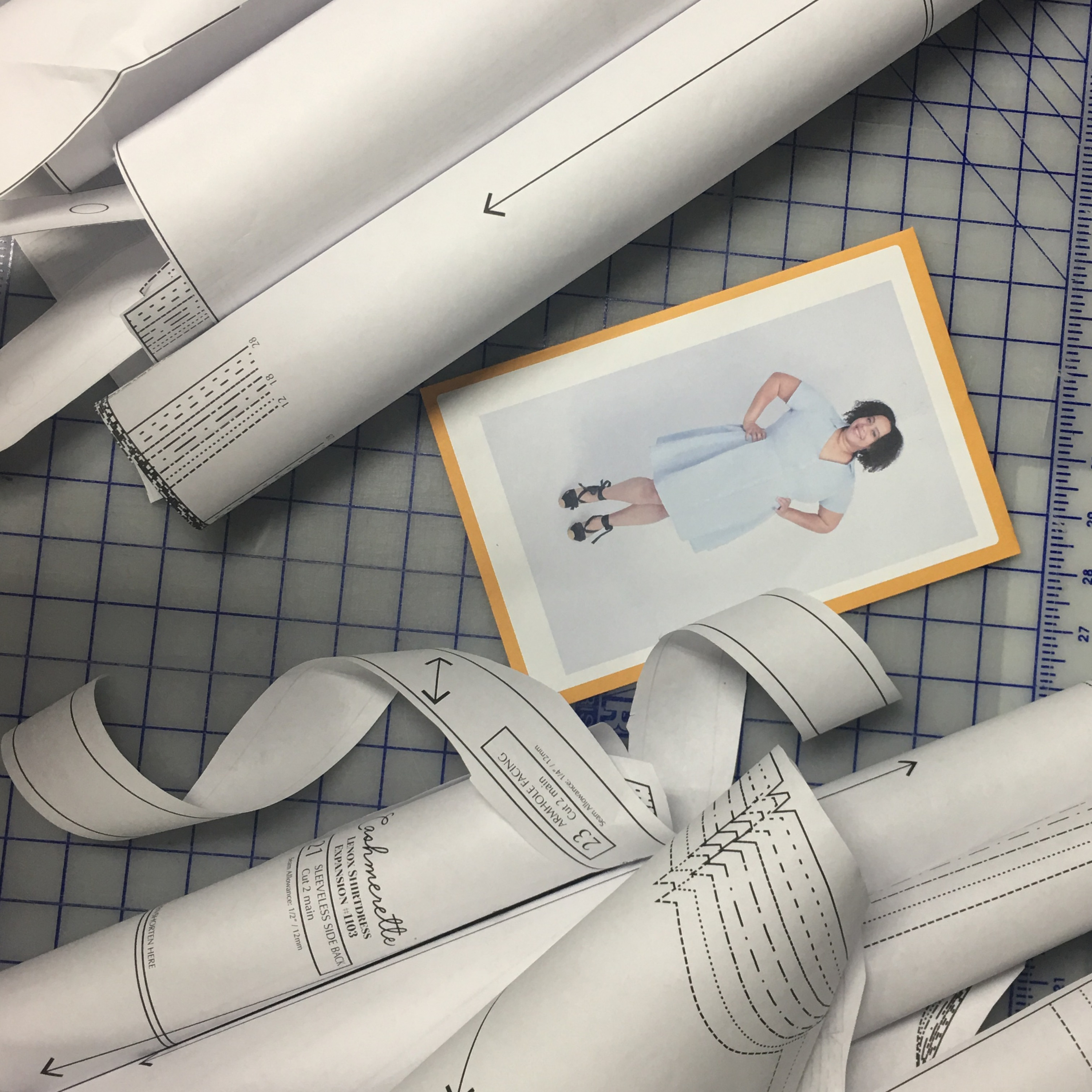Check out this wonderful video story of the podcast!
Many thanks to the listeners and supporters who responded to my request on 12/31/20 to meet a goal. At the end of 2020, I needed 340 downloads to reach 120,000. I was a bit embarrassed to ask, but I did. And I am glad. You amazing people ended up downloading more than 4000 episodes! Such abundance! Thank you!
Support the Stitch Please podcast
2021 Black Women Stitch Wall Calendar PREORDER until January 12, 2021.
This beautiful, full-color printed calendar features original illustrations celebrating Black women, girls, and femmes in sewing. The calendar's dates include important moments in Black history, sewing history, and activist history. Calendar measures 8.5" by 11" when folded in half and 17" by 11" when hanging, unfolded, from a wall. $38 with free shipping to USA for preorders received by 1/12/2021.
Sustained support also appreciated on Patreon: For as little as $2 a month, you can join the Black Women Stitch Patreon for exclusive videos and documents.
Mentioned on the podcast
Gather by Octavia Raheem at Amazon and Charis
Sewing My Style classes and all levels, private sessions on sloper and moulage fittings.
Sign up for the Black Women Stitch quarterly newsletter
Check out our merch here
Leave a BACKSTITCH message and tell us about your favorite episode.
Join the Black Women Stitch Patreon
Check out our Amazon Store
Stay Connected:
YouTube: Black Women Stitch
Instagram: Black Women Stitch
Facebook: Stitch Please Podcast



